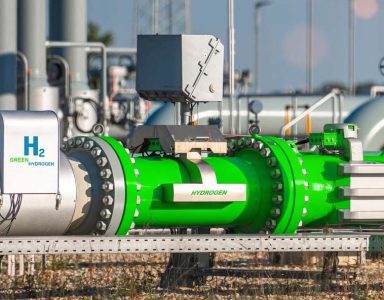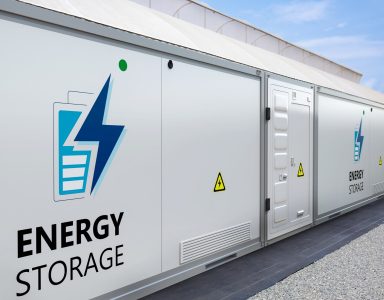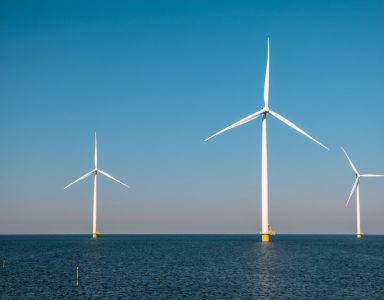‘Innovation’ within the Innovation Fund: what does it mean?
“Innovation” is the most frequently used word in the Innovation Fund, but also the most misunderstood. For many companies, it’s tempting to see innovation as synonymous with “new technology.” But in EU terms, it means something more precise: a demonstrable leap beyond the state of the art, with clear potential to reduce emissions at scale.
The definition of ‘Innovation’ according to CINEA
According to official guidance, a project is considered innovative when it:
- Goes significantly beyond the current best available technology (BAT);
- Demonstrates a new process, design, or approach at an industrial scale;
- Has strong potential for replication and cost reduction;
- Contributes measurably to EU climate objectives.
Innovation in this sense is measurable; it’s not only about novelty but about impact and scalability.
Why innovation is central to the fund
The Innovation Fund was designed to accelerate Europe’s clean transition by supporting technologies that would otherwise not reach market maturity. It bridges the gap between research and commercial deployment, particularly for high-risk, high-impact projects. That’s why the evaluation gives significant weight to the degree of innovation. A project that is technically advanced but commercially uncertain can still be attractive if it shows credible potential for replication and emission reduction.
Telling your innovation story
A convincing application does not simply state, “our technology is new”, It demonstrates it. Here’s how successful applicants do it:
- Compare against the state of the art: use data or industry benchmarks to show where your process exceeds current standards.
- Show quantifiable performance improvements: focus on emission reduction, efficiency gains, or resource savings — not just new features.
- Provide technical evidenceL: include pilot results, patents, test data, or supplier letters to back up your claims.
- Explain the path to scale: reviewers want to see how your concept can move from one plant to multiple sites — and what barriers still exist.
- Address risk and learning: being open about technical risks (and how you mitigate them) shows maturity and builds confidence.
Innovation is not just complexity
Many strong proposals lose points because they confuse complexity with innovation. A project that uses existing technology in a new location, or integrates known systems without advancing them, is unlikely to score high. True innovation lies in measurable improvement, either through new technology, new integration logic, or new business models that enable deeper emission cuts.
From novelty to credibility
Innovation alone is not enough. It must be credible, verifiable, and replicable. Reviewers reward realism and transparency more than bold but unsubstantiated claims. The best applications connect their innovation story with a clear market logic: how it supports competitiveness, creates learning effects, and paves the way for broader industry adoption.
Need support with your Innovation Fund project?
In the Innovation Fund, ‘innovation’ is not a buzzword, it’s a benchmark. Projects that can prove a genuine step beyond the status quo, backed by data and a clear scale-up plan, stand out immediately. At Hezelburcht, we help companies articulate this story: translating complex technology into a compelling narrative that highlights its real-world impact. Because innovation only matters when it changes how industries work, and how Europe reduces emissions. Would you like to discuss your Innovation Fund opportunities or could you use support with preparing your application? We are happy te help! Contact us via info@hezelburcht.com, call us on 088 495 20 00, or fill in the contact form below.








